#House of Coburg
Explore tagged Tumblr posts
Text

Schloss Callenberg, Beiersdorf, Ortsteil of Coburg, Germany,
Photo Art Seven
#art#design#architecture#history#luxury lifestyle#style#luxury house#luxury home#schloss#castle#schloss callenberg#beiersdorf#coburg#photoartseven#ortsteil
845 notes
·
View notes
Text

Princess Victoria Melita of Saxe-Coburg and Gotha, Grand Duchess consort of Hesse and by Rhine and later Consort to the Head of the House of Romanov
German vintage postcard
#postal#romanov#german#victoria melita#head#historic#ansichtskarte#later#consort#grand#sepia#vintage#coburg#tarjeta#princess#rhine#duchess#briefkaart#gotha#photo#saxe#house#victoria#saxe-coburg#hesse#postkaart#melita#ephemera#postcard#grand duchess
38 notes
·
View notes
Text

Portrait of Princess Karoline Amalie of Hesse-Kassel (1771-1848), second wife of Augustus, Duke of Saxe-Coburg-Gotha-Altenburg. By Josef Grassi and Ludwig Döll.
#josef grassi#ludwig döll#haus wettin#house of saxe coburg and gotha#german aristocracy#haus hessen#hessen altenburg#royalty#german empire
94 notes
·
View notes
Text


Astrid of Sweden, Queen of the Belgians. Photographed by Robert Marchand, 1927.
21 notes
·
View notes
Text

Victoria, Empress of Germany and Queen of Prussia by John Brandard, printed by M & N Hanhart chromolithograph, circa 1856-1857
.............................................
Sheet music cover for 'the Princess Royal Polka (the Betrothed)' by Charles D'Albert.
Sitter: Victoria, Empress of Germany and Queen of Prussia (1840-1901), Consort of Frederick III, German Emperor, King of Prussia; daughter of Queen Victoria
#new post#historical fashion#victorian england#victorian era#victorian#victorian fashion#princess royal#empress victoria#princess victoria#british royal family#print#chromolithograph#19th century dress#19th century fashion#19th century#1850s#1850s dress#1850s fashion#prince albert#queen victoria#victoria princess royal#house of saxe coburg and gotha#old royals#royals#royalty#pink aesthetic#coquette#flowers#vintage print#pink
13 notes
·
View notes
Text

Alexander III and his niece Victoria of Wales
I like these two historical figures although I admit that for what we know about their personalitie, neither one would be precisely soft and cuddly.
#Alexander III#russian history#imperial russia#romanov family#Princess Victoria of Wales#house of saxe coburg and gotha#house of windsor
59 notes
·
View notes
Text

Prince Arthur by George Koberwein.
#uk#house of saxe coburg and gotha#british prince#prince arthur#duke of connaught#duke of connaught and strathearn#george koberwein#art#portrait
5 notes
·
View notes
Text

Their Majesties, King Edward VII of the United Kingdom and Queen Amelie of Portugal
#king edward vii#queen amelie of portugal#british royal family#portuguese royal family#british history#portuguese history#house of saxe coburg and gotha#house of braganza
36 notes
·
View notes
Text
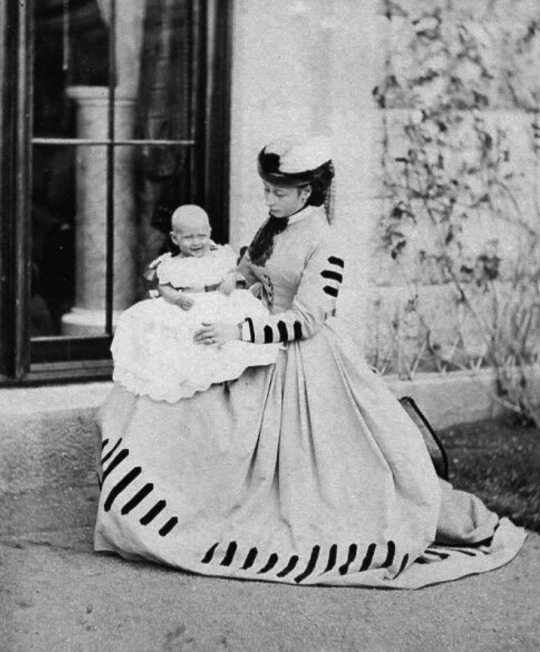
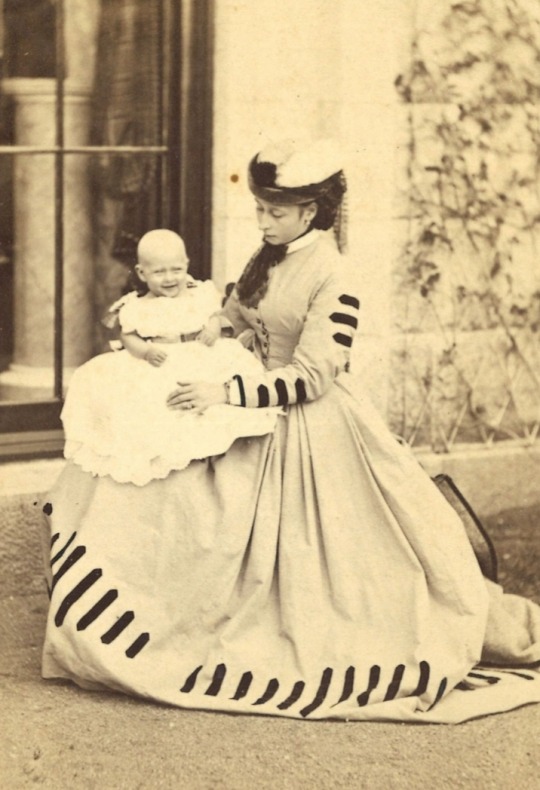
Princess Alice of Hesse and her daughter Victoria, 1863
—
Princess Alice VA CI (Alice Maud Mary; 25 April 1843 – 14 December 1878) was Grand Duchess of Hesse and by Rhine from 13 June 1877 until her death in 1878 as the wife of Grand Duke Louis IV.
She was the third child and second daughter of Queen Victoria of the United Kingdom and Prince Albert of Saxe-Coburg and Gotha.
Alice was the first of Queen Victoria's nine children to die, and one of three to predecease their mother, who died in 1901.
Her life had been enwrapped in tragedy since her father's death in 1861.
Victoria Alberta Elisabeth Mathilde Marie Mountbatten, Marchioness of Milford Haven VA (born Princess Victoria of Hesse and by Rhine; 5 April 1863 – 24 September 1950) was the eldest daughter of Louis IV, Grand Duke of Hesse and by Rhine, and Princess Alice of the United Kingdom, second daughter of Queen Victoria and Prince Albert of Saxe-Coburg and Gotha.
#Princess Alice#Grand Duchess of Hesse and by Rhine#Princess Victoria of Hesse and by Rhine#British Royal Family#House of Saxe-Coburg and Gotha#House of Hanover#House of Hesse
25 notes
·
View notes
Text
https://preetfurniture.com.au/
#indian temple for sale#puja mandir for sale#furniture house dandenong#pooja mandir for home melbourne#ravenhall furniture#furniture shops in craigieburn#punjabi furniture melbourne#pooja mandir for sale#furniture coburg#modern furniture camberwell#bespoke furniture adelaide#wardrobe cabinet makers melbourne#punjabi style furniture#northcote furniture#thornbury furniture#indian antique furniture#furniture stores truganina#indian furniture hoppers crossing#indian furniture brisbane#bespoke furniture preston#indian furniture perth#indian furniture adelaide#williamstown furniture#dining table coburg#indian diwan sofa#Indian furniture Melbourne
3 notes
·
View notes
Text
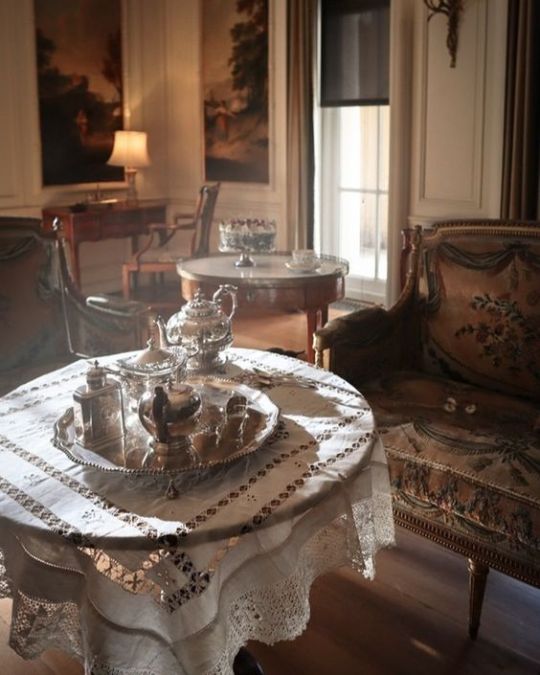
6 notes
·
View notes
Text

L'Huillier-Coburg Castle, Edelény, Hungary,
Viktória Matolcsi Photography
#art#design#architecture#history#luxury lifestyle#style#luxury house#castle#luxury home#l'huillier-coburg#edelény#hungary#country house#baroque#renaissance#gardens#landscaping
280 notes
·
View notes
Text

Old house in Coburg, Bavaria, Germany
German vintage postcard
#germany#photo#ansichtskarte#postal#postkaart#sepia#tarjeta#ephemera#photography#carte postale#historic#coburg#german#briefkaart#postcard#house#vintage#bavaria#postkarte
15 notes
·
View notes
Text

Prince Leopold of Saxe-Coburg and Gotha-Koháry (1824-1884). Unknown artist.
He was considered as the English government's candidate to be the husband of Queen Isabella II of Spain. This candidacy was due to the UK's strong ties with the House of Saxe-Coburg-Gotha. The candidate was a first cousin of Queen Victoria's husband Albert, a nephew of King Leopold of Belgium, and a first cousin of King Ferdinand II of Portugal married to Queen Maria II.
#prince leopold of saxe coburg and gotha kohary#haus wettin#german aristocracy#house of saxe coburg and gotha#house of saxe coburg and gotha kohary#blond guys#pornstache#royalty
22 notes
·
View notes
Text

The Princess de Réthy. Photographed by Robert Marchand, 1950s.
23 notes
·
View notes
Photo

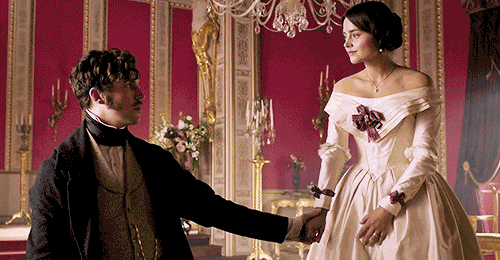
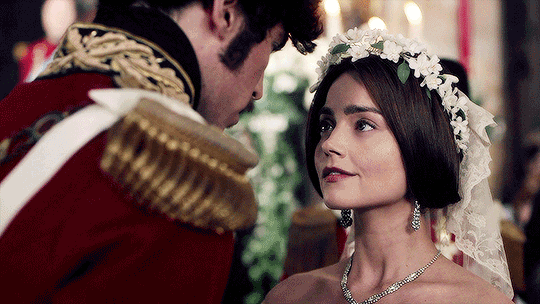

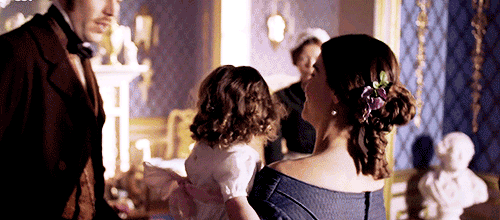
HISTORICAL LOVERS - I
Victoria & Albert
Few lovers have entered the popular imagination as permanently as Queen Victoria of the United Kingdom and Prince Albert of Saxe-Coburg and Gotha. Married for twenty-one years, until the prince's untimely death, the pair became the epitome of marital bliss, and no one ever questioned the harmonious relationship between the queen and her husband.
Over the years, several small demonstrations of love proved the passionate nature of their marriage. Among it, the engagement ring that Albert himself designed for the bride, in the shape of a serpent, to represent the truth of his commitment, decorated with rubies, diamonds and a single emerald (Victoria's birthstone); the portrait Victoria had secretly commissioned as a twenty-fourth birthday present for Albert, which depicted her casually dressed, reclining against a red velvet pillow, her hair loose; the crystal heart pendant that the queen wore day and night, containing a lock of the prince's hair.
The two-decade union produced nine children, five girls and four boys: Victoria (1840-1901); Albert Edward (1841-1910); Alice (1843-1878); Alfred (1844-1900); Helena (1846-1923); Louise (1848-1939); Arthur (1850-1942); Leopold (1853-1884); Beatrice (1857-1944). Most of the children would eventually marry into other royal european families, which resulted in Victoria being called the "Grandmother of Europe." Until the beginning of the 20th century, most of these ruling houses could boast of sharing the queen's blood through the paternal side, maternal side, or even through both.
As parents, the prince and queen could differ in many ways, although in the end they both loved their children. Albert tended to be more involved with the princes and princesses during their childhood, especially in their education, and it is common consensus among historians that their eldest, Vicky, was his favorite, since she shared his enthusiasm for culture, languages and natural studies. The prince taught his children many of his favorite topics, and encouraged them to value the arts and sciences. His “enlightened influence” inspired many of them to engage in intellectual hobbies such as politics, philosophy and history.
The queen, in turn, connected more easily with her children at an older age. Victoria hated being pregnant, from the usual symptoms to the painful labor, and she thought newborns were ugly. But she was willing to follow her husband's opinion about the health of the children, and she watched the progress of each one of them in their studies. She drew them quite frequently, sketeches and paintings that still exist today in the private colection of the British royal family. Her daughter Louise would become her loyal secretary after Albert´s tragic death, and the youngest, Beatrice, her devoted companion even after married.
But perhaps the most iconic reflection of the connection between the British queen and the German prince is Victoria's reaction to his loss. No one in the royal family grieved his death as much as she did. The queen, still in her early forties, never remarried; she retired even more and more frequently to her countryside properties, especially Osborne House, the estate her husband prefered to visit during the summer; and she abandoned any colorful clothes in her wardrobe, confining herself to the black reserved for mourning, until she passed.
“My life as a happy one is ended. The world is gone for me. If I must live on (and I will do nothing to make me worse than I am), it is henceforth for our poor fatherless children – for my unhappy country, which has lost all in losing him – and in only doing what I know and feel he would wish.” – Passage from Queen Victoria's diary, after the death of Prince Albert, 1861.
#queen victoria#prince albert#albert&victoria#british royal family#britishqueens#english history#british history#queens#historicalwomen#history#quotes#saxe-coburg-gotha#house of hanover
22 notes
·
View notes